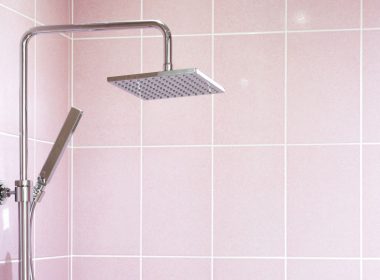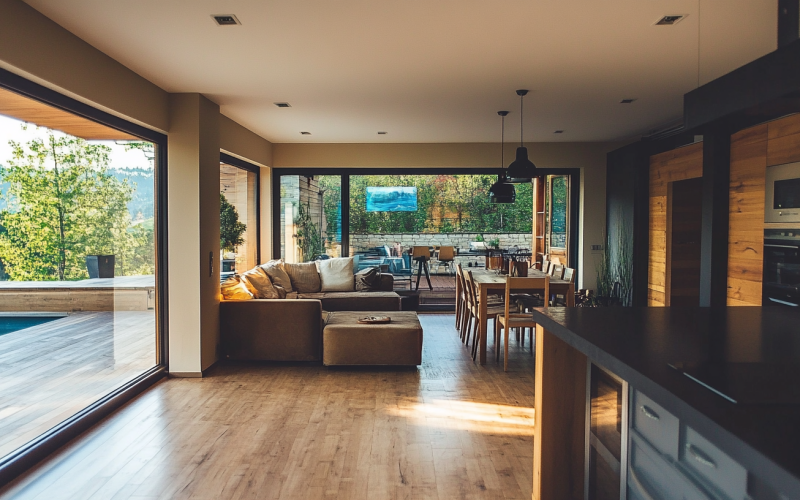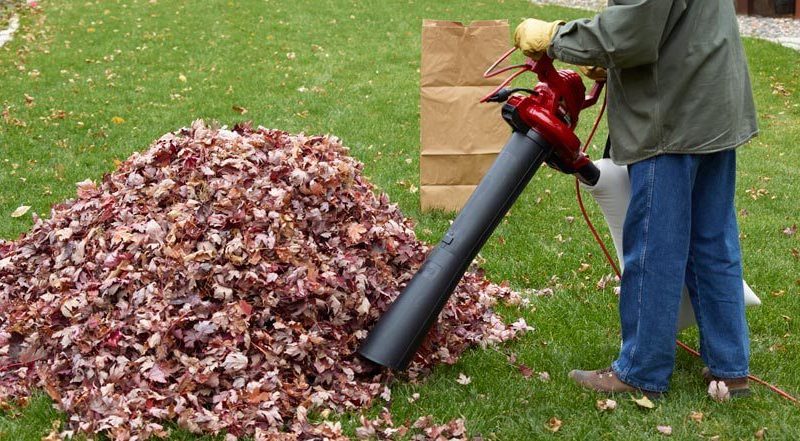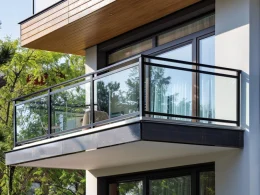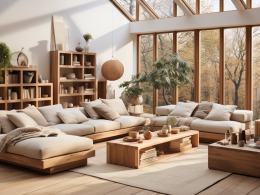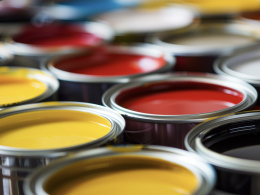Eco-friendly DIY projects increase property value and sustainability. Installing energy-efficient windows, solar panels, and sustainable remodeling materials can make a big difference. These projects will decrease utility costs, and green buyers will be drawn in.
Green homes are worth more and sell faster. Sustainable real estate strategies protect assets and improve living conditions. Make easy changes, like using low-VOC paints, insulation, and fewer water devices. A new and responsible way to raise the value of your house is through sustainable real estate.
Green Home Upgrades
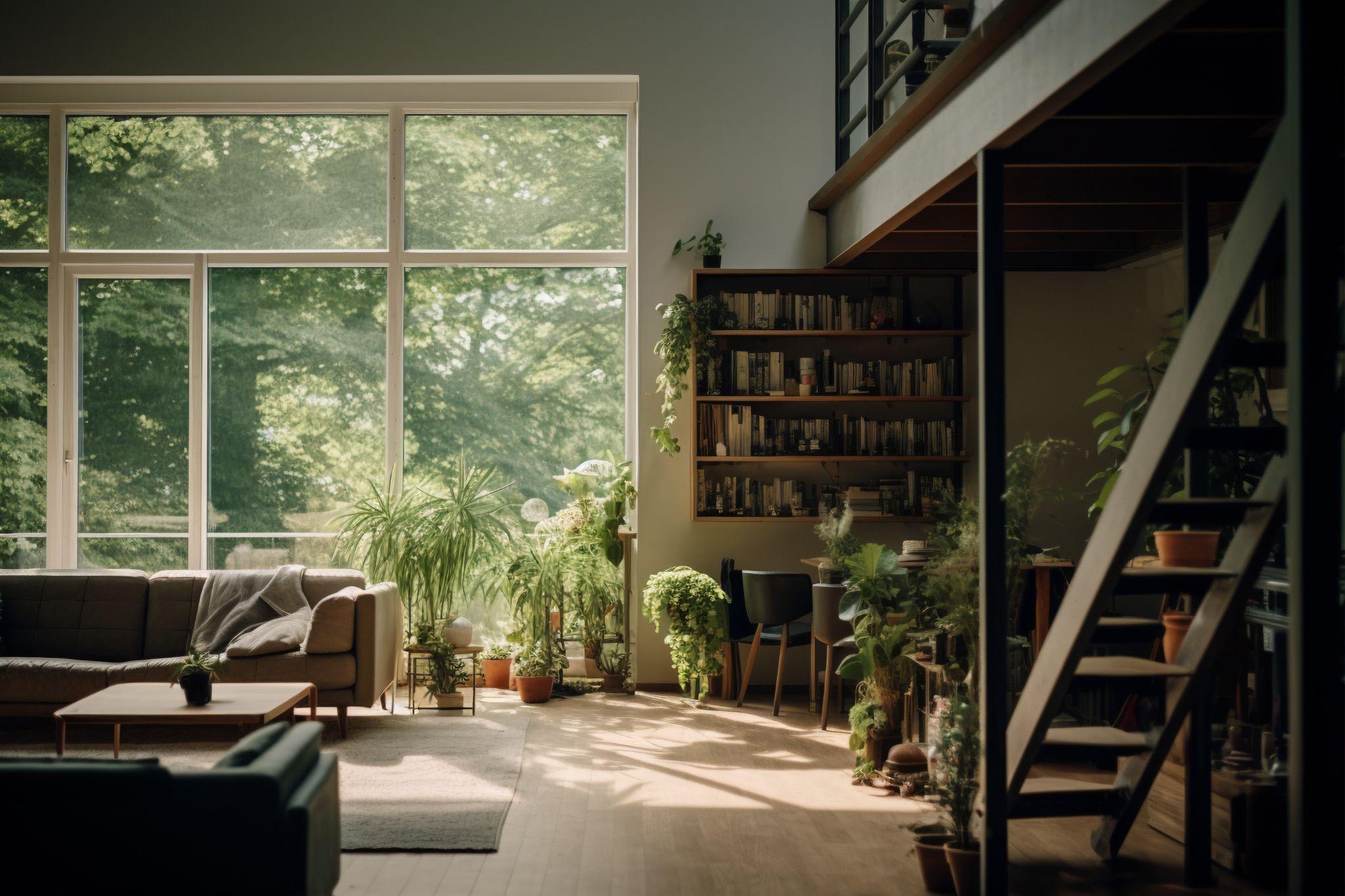
Energy-efficient Windows is a big green step. They save energy by keeping your home warm in winter and cool in summer.
- Heat and noise are reduced with double-glazed windows.
- Lower-E coatings reflect heat and let light in.
Installing energy-efficient windows is simple. Choose a climate-appropriate kind. Ensure proper sealing.
Solar panels are another excellent green upgrade. They convert sunlight into electricity. This can power your home and reduce your utility bills.
Installing solar panels involves the following steps:
- Assess your roof: Ensure it gets enough sunlight.
- Choose the right panels: Different types suit different needs.
- Install the panels: Follow the manufacturer’s instructions.
- Connect to the grid: Work with a professional to connect safely.
If you want to save money over time, get solar cells. They can raise your home’s worth considerably, and they reduce your carbon footprint, helping the environment.
Water Conservation
Water conservation is essential for sustainable real estate. Using water more efficiently reduces waste and environmental impact. DIY green improvements can increase your home’s value. Explore practical water conservation measures.
Rainwater Harvesting
Rainwater gathering is best for water conservation. It stores rainwater for later use. Depending on your demands and budget, this system can be primary or complicated.
- Install a rain barrel: Put it beneath your downspout to catch rainwater.
- Tank system setup: Larger garden water storage.
- Water plants, wash cars, and flush toilets with collected water.
Low-flow Fixtures
Another water-saving method is low-flow fixtures. The fixtures cut water flow without affecting performance.
|
Fixture Type |
Water Savings |
|---|---|
|
Low-flow showerheads |
Save up to 2.5 gallons per minute |
|
Low-flow faucets |
Reduce water use by 30-50% |
|
Dual-flush toilets |
Use 0.8-1.6 gallons per flush |
Sustainable Landscaping

Sustainable landscaping promotes curb appeal and value. Simple DIYs may turn your garden green. Composting and native plants make your home greener and more valued.
Native Plants
Native plants require less water and fewer chemicals. This reduces your maintenance time and costs. Consider planting:
- Wildflowers
- Grasses
- Shrubs
- Trees
Choose species that are native to your region. This ensures they will grow well.
Composting Systems
Composting systems turn kitchen scraps and yard waste into rich soil. Add materials like:
- Fruit and vegetable scraps
- Coffee grounds
- Eggshells
- Grass clippings
- Leaves
Your home’s beauty can improve with sustainable landscaping. Additionally, it helps the environment. As a respected expert in sustainable real estate and the founder of Reference Real Estate, Seth Williams, a top real estate agent from Greater Boston, said,
“Sustainability will shape the industry, not merely a trend.. Green renovations reduce your carbon footprint and increase the value of your home. Energy-efficient and environmentally friendly green homes are in demand.”
Eco-friendly Insulation
Eco-friendly insulation boosts energy efficiency, lowers carbon footprints, and lowers energy expenses. Recycled Materials are environmentally friendly, reduce waste, and reuse landfill materials.
|
Material |
Source |
Benefits |
|---|---|---|
|
Cellulose |
Recycled newspaper |
Good thermal performance, non-toxic |
|
Denim |
Recycled denim fabric |
Soundproofing, chemical-free |
Natural fiber insulation is eco-friendly.
|
Material |
Source |
Benefits |
|---|---|---|
|
Sheep’s wool |
Sheep’s wool |
Thermal and acoustic insulation |
|
Cork |
Cork oak trees |
Moisture-resistant, mold-resistant |
|
Hemp |
Hemp plant |
Durable, non-toxic |
An eco-friendly insulating DIY project can be rewarding. It improves energy efficiency and home value.
Energy-saving Lighting
Energy-saving lighting boosts property value, decreases electricity bills, and reduces carbon impact. Make your home greener with lights.
Led Bulbs
Start saving electricity with LED bulbs. They consume 80% less power than conventional bulbs. LEDs last up to 25,000 hours. This reduces waste and replacements. Switching to LEDs is easy. Replace outdated bulbs with LEDs. Their forms and sizes vary. LED bulbs are available for every room.
LEDs generate less heat, and keeping your home colder reduces air conditioning expenditures. Colors and brightness settings are available to set the perfect ambiance for any place.
Smart Lighting Systems
Intelligent lighting saves energy and is convenient. It provides smartphone and voice-controlled light control. You can turn lights on and off anywhere. Your lights can turn on and off when you wake up and sleep, saving energy and ensuring they are only used when needed.
Some systems have motion sensors. Room lights turn on and off when people enter and leave, saving electricity and improving convenience. Intelligent lighting systems increase home value. Buyers like trendy, eco-friendly features, so your home becomes more appealing to purchasers.
|
Feature |
LED Bulbs |
Smart Lighting Systems |
|---|---|---|
|
Energy Efficiency |
High |
Very High |
|
Convenience |
Moderate |
High |
|
Cost |
Low |
Varies |
|
Installation |
Easy |
Moderate |
Installing energy-efficient lighting is a gain. It saves money, benefits the environment, and increases property value. For best results, use LED lights and sophisticated lighting systems.
Indoor Air Quality
Healthy homes require better indoor air quality. Sustainable real estate emphasizes air-quality properties. Simple, green DIY projects can help. These upgrades will increase house value and safety.
Non-toxic Paints
Traditional paints are toxic. Some substances pollute indoor air. Non-toxic paints are safer. They lack VOCs. Headaches, dizziness, and other health concerns can result from VOCs.
Using non-toxic paints is a simple DIY project. Choose low—or zero-VOC paints in numerous colors and finishes. Painting your walls with non-toxic paints improves air quality and property value.
Air Purifiers
Air purifiers greatly enhance indoor air quality. Air pollutants, allergies, and poisons are removed. A variety of air purifiers exist. Choose an energy-efficient model for sustainability.
|
Type |
Features |
|---|---|
|
HEPA Filter |
Removes 99.97% of particles |
|
Activated Carbon |
Eliminates odors and gases |
|
UV Purifier |
It kills bacteria and viruses |
Buying a good air purifier is smart. It keeps your family’s air pure. Buyers also value your home more.
Efficient Heating And Cooling

The efficiency of your heating and cooling system can increase the value of your home. These solutions also decrease energy consumption and utility bills and boost air quality and comfort.
Programmable Thermostats
Programmable thermostats control home temperatures well. Programmable thermostat benefits:
- Reduce energy costs by 10%.
- Easy setup and use.
- Reduce HVAC wear.
WI-Fi models provide smartphone remote control. This feature improves energy efficiency and convenience.
Geothermal Systems
Geothermal systems can be used to create fabulous homes and heat them with Earth’s constant temperature. Geothermal system advantages:
- Cheaper operations.
- Little upkeep is needed.
- Extended longevity, usually 25+ years.
Geothermal systems require yard-buried pipes. Despite its length, this project saves money over time.
Waste Reduction
Waste reduction is critical to make a home sustainable and eco-friendly. Eco-friendly DIY projects protect the environment and increase home value. Let’s look at some domestic waste reduction tips.
Recycling Stations
Set up recycling stations in your home. Place them in convenient locations like the kitchen and garage.
- Use color-coded bins for easy sorting.
- Install an organic waste compost bin.
- Bin lids should fit snugly to prevent odors.
Recycling stations organize your home and make family recycling easy.
Upcycling Projects
Upcycling projects reduce waste and add unique touches to your home. Some ideas:
- Furniture Makeovers: Sand and paint old furniture to update it.
- Storage: Store grocery and craft goods in glass jars.
- Make blankets or cushions using scrap fabric.
Upcycling saves money and minimizes product demand. Your home becomes greener.
Conclusion
Sell your home for more with sustainable real estate projects. Eco-friendly DIY projects are simple and inexpensive. Going green makes your home more appealing. Make your home more charming by starting small.



